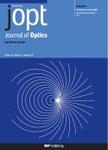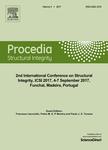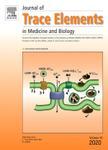版权所有:内蒙古大学图书馆 技术提供:维普资讯• 智图
内蒙古自治区呼和浩特市赛罕区大学西街235号 邮编: 010021
T=题名(书名、题名),A=作者(责任者),K=主题词,P=出版物名称,PU=出版社名称,O=机构(作者单位、学位授予单位、专利申请人),L=中图分类号,C=学科分类号,U=全部字段,Y=年(出版发行年、学位年度、标准发布年)
AND代表“并且”;OR代表“或者”;NOT代表“不包含”;(注意必须大写,运算符两边需空一格)
范例一:(K=图书馆学 OR K=情报学) AND A=范并思 AND Y=1982-2016
范例二:P=计算机应用与软件 AND (U=C++ OR U=Basic) NOT K=Visual AND Y=2011-2016

Optical metasurfaces, ultrathin 2D artificial materials with subwavelength structures, offer exceptional electromagnetic manipulation capabilities, making them promising for photonic integration. Traditional design methods rely on the local periodic approximation (LPA), treating unit cells as infinite periodic arrays to reduce computational cost. However, this approach neglects near-field coupling between adjacent units, resulting in focal shifts of 9%–22% in metalenses. We propose an adjoint method-based optimization framework that accounts for inter-unit coupling via full-wave simulations, creating a parametric gradient optimization space to refine metalens designs. Experimental validation through simulations demonstrates that the optimized metalens achieves a focal shift of 0.1%–1.8%, significantly outperforming LPA-based designs while showcasing scalable optimization potential. This framework offers a novel, efficient approach for metasurface optimization, with applications in optical displays, augmented reality, and 3D imaging.





电话和邮箱必须正确填写,我们会与您联系确认。
版权所有:内蒙古大学图书馆 技术提供:维普资讯• 智图
内蒙古自治区呼和浩特市赛罕区大学西街235号 邮编: 010021

暂无评论